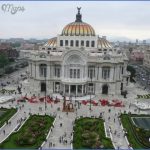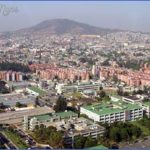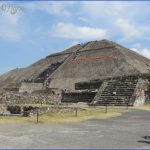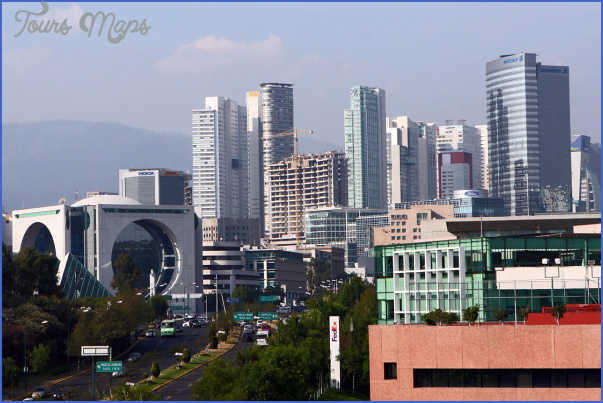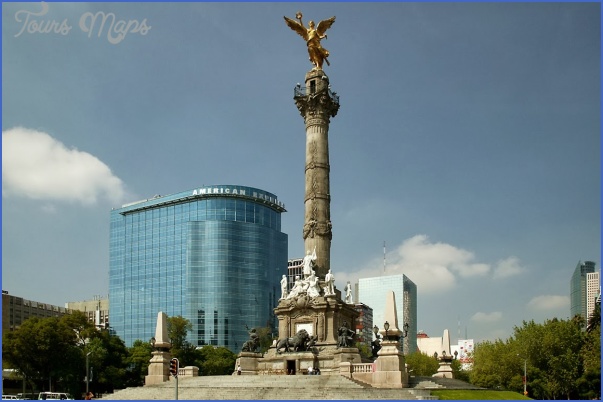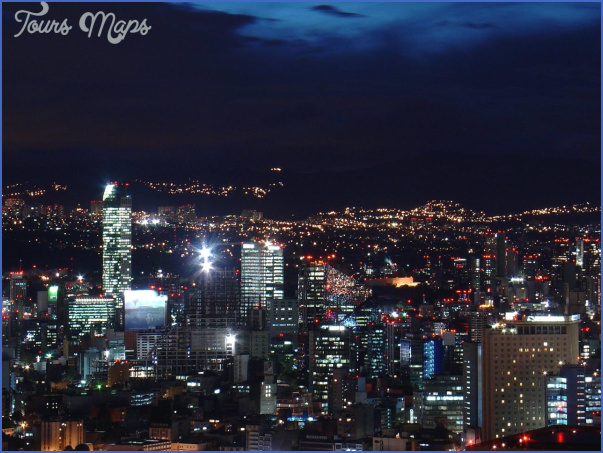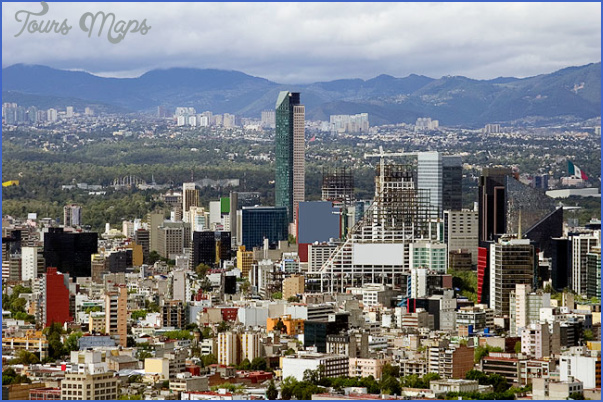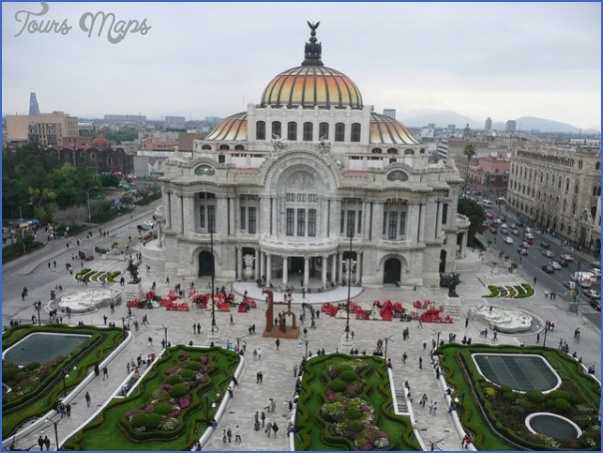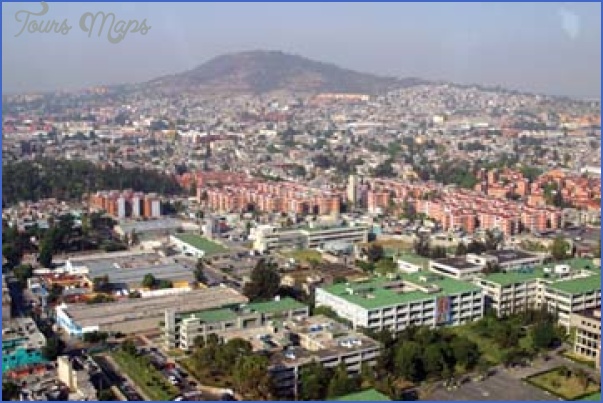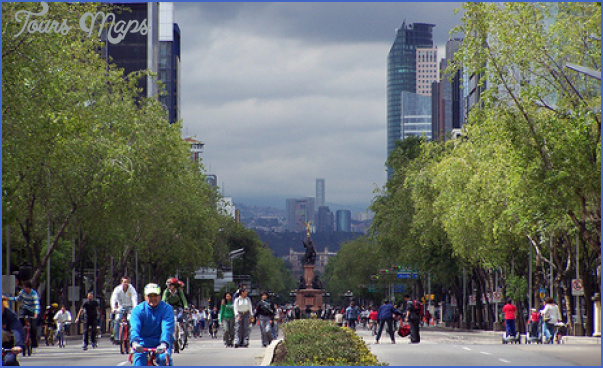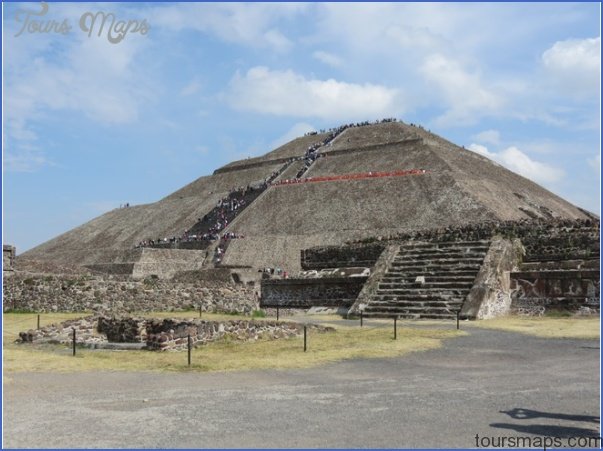Las Hadas (the fairies), near Manzanillo, is an oddity in hoteldom, a hotel of Moorish design, built by a rich Bolivian, sitting on a Mexican bay. It is described as an elegant preserve for the privileged enjoying their privileges. Included are a two-hundred-room hotel, a large condominium development, golf courses, and a yacht club cum marina.
Club Mediterranee has two villages on the Mexican Riviera, both substantial and attractive: one near Ixtapa, 130 miles north of Acapulco; the other near Manzanillo.
Visitors from all parts of the U.S. and Canada make up most of Mexico’s tourists and they have been going to Mexico’s west coast since the 1960s. Much closer for those from the Eastern Seaboard, the Midwest and the South is Cancun, sitting on the tip of the Yucatan Peninsula, as it reaches into the Gulf of Mexico. Cancun is the first of the computer planned resorts developed by Fonatur (The National Fund for Tourist Development) and financed by that agency. This luxury spa is a series of widely separated hotels on an island connected by causeway to Yucatan. Unlike Acapulco, which is pressed by a huge population nearby, Cancun has its own Cancun City, located on the mainland, where the personnel operating the Cancun hotels and resorts reside. Cancun has received uniform praise for its location and beauty. The palm-lined beach twelve miles long is close enough to Mayan ruins to give the resort goer intellectual stimulation as well as the chance to swim and dive in the pellucid waters of the Gulf of Mexico. Antiquarians can spend weeks examining the ruins of MesoAmerican civilization constructed across the Yucatan Peninsula and in Guatemala, Honduras, El Salvador, and Belize. Excavation is continuing to unearth magnificent towns and cities all built, it is believed, before 900 A.D. According to scholars these ruins were the centerpieces of large, highly structured communities, some with a population of 100,000 persons, cities that carried on trade with each other as well as being agricultural and religious centers.
Merida, capital of the Yucatan, is the usual base for viewing the Mexican Mayan ruins. Chichen Itza and Uxmal are the best known and the most visited because they are relatively close to Merida and Cancun. If the visitor has time for only one Mayan ruin, Chichen Itza, seventy-five miles east of Merida, near the tip of the Yucatan Peninsula, should be the choice. From Cancun, Chichen Itza is forty-five minutes by plane. This archeological site encompasses hundreds of buildings and covers three square miles. The city represents the peak of Mayan/Toltec civilization. So strong was the belief in the hereafter among those who built the great stone temples at Chichen Itza that the prize of the captain of the winning team was to have his head cut off.
Uxmal, forty-eight miles south of Merida, is considered second only to Chichen Itza and has the most impressive Mayan structure in existence, the colossal Palace of the Governor. Tulum, the only Mayan ruin on the coast, is close enough to Cancun for a day-trip of viewing.
Mexico City Guide for Tourist Photo Gallery
Maybe You Like Them Too
- The Best Cities To Visit in The World
- World’s 10 Best Places To Visit
- Coolest Countries in the World to Visit
- Travel to Santorini, Greece
- Map of Barbados – Holiday in Barbados





